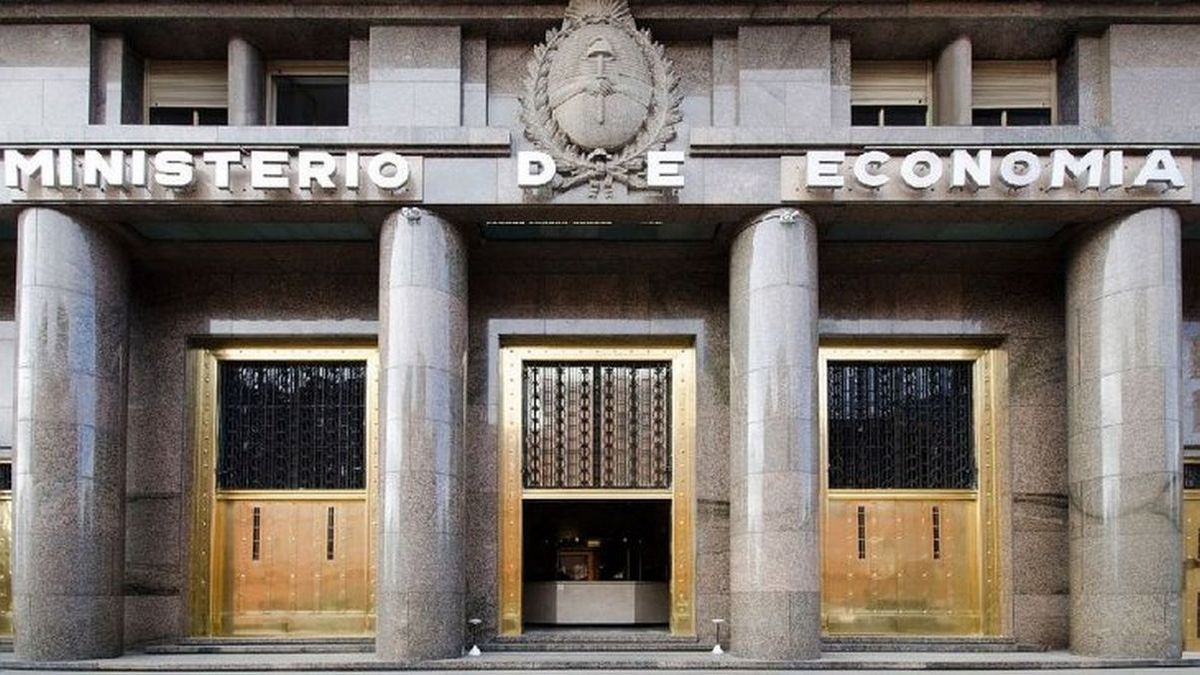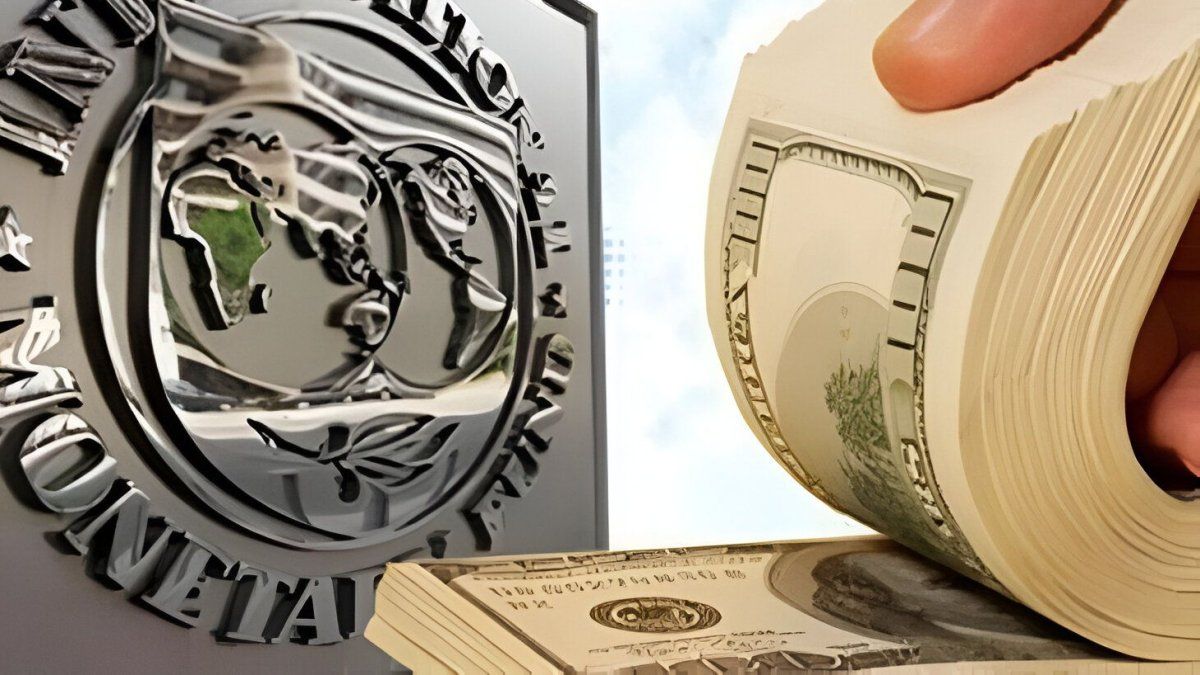The officials of the Ministry of Finance are demonstrating over the months that they have the expertise to handle the enormous mass of pesos of debt maturities in pesos that expire month after month. In fact, last week they were able to run some $7.4 trillion for 2024 and 2025 that had to be paid between June and September. However, the high interest rates you have had to pay come at a high cost. According to official data, between May 2022 and the same month of this year, the mass of debt in local currency grew by the equivalent of US$19,610 million.
According to the Monthly Bulletin prepared by the agency in charge of Eduardo Setti, Argentina’s total gross debt climbed last month to the equivalent of US$398,832 million, of which US$393,346 million were in a debt situation. regular pay.
Of the total debt under normal conditions, 34% corresponds to the debt in local currency, that is, US$133,346 million. After last week’s swap, some $22 billion remains in 2023, $69.6 billion in 2024 and the rest by 2025, according to private estimates.
“The debt in a situation of normal payment increased by the equivalent of US$2,650 million, representing a monthly increase of 0.67%,” says the Finance report, which indicates that “the variation is explained by the decrease in debt in foreign currency in US$768 million and the increase in debt in local currency for an equivalent amount in dollars of US$3,418 million”.
On the other hand, it is noted that 75% of the gross debt in a normal payment situation corresponds to Titles and Bills of the National Treasury, 20% to obligations with Official External Creditors, 4% corresponds to Temporary Advances and the remaining 1% to other instruments.
Meanwhile, the report states that during the In the last 12 months, the stock of gross debt in a situation of normal payment increased by the equivalent of US$24,259 milliondue to the increase in debt in foreign currency for US$4,649 million and the increase in debt in local currency for an amount equivalent to US$19,610 million.
Second round
Meanwhile, the Ministry of Economy managed to complete the first call for bids for debt in June with a level of 203%. After the first day in which it had managed to raise $861,615 million, in the exclusive round for entities that are part of the Market Makers group added another $10,067 million.
In this way, at the end of the month, the Palacio de Hacienda already has practically covered all the maturities of the period that reach $1.1 trillion. So, It is to be hoped that by the second call on June 28, the Ministry of Finance will be able to comply with the commitments without major problems.
In the first call in June, the level of participation of the private sector was 86%, while 14% was from the public sector. The data confirms the hypothesis of the Secretary of Finance, Eduardo Setti, that the Common Funds and companies in general did not enter the exchange last week because they are only interested in short-term bills.
Source: Ambito




